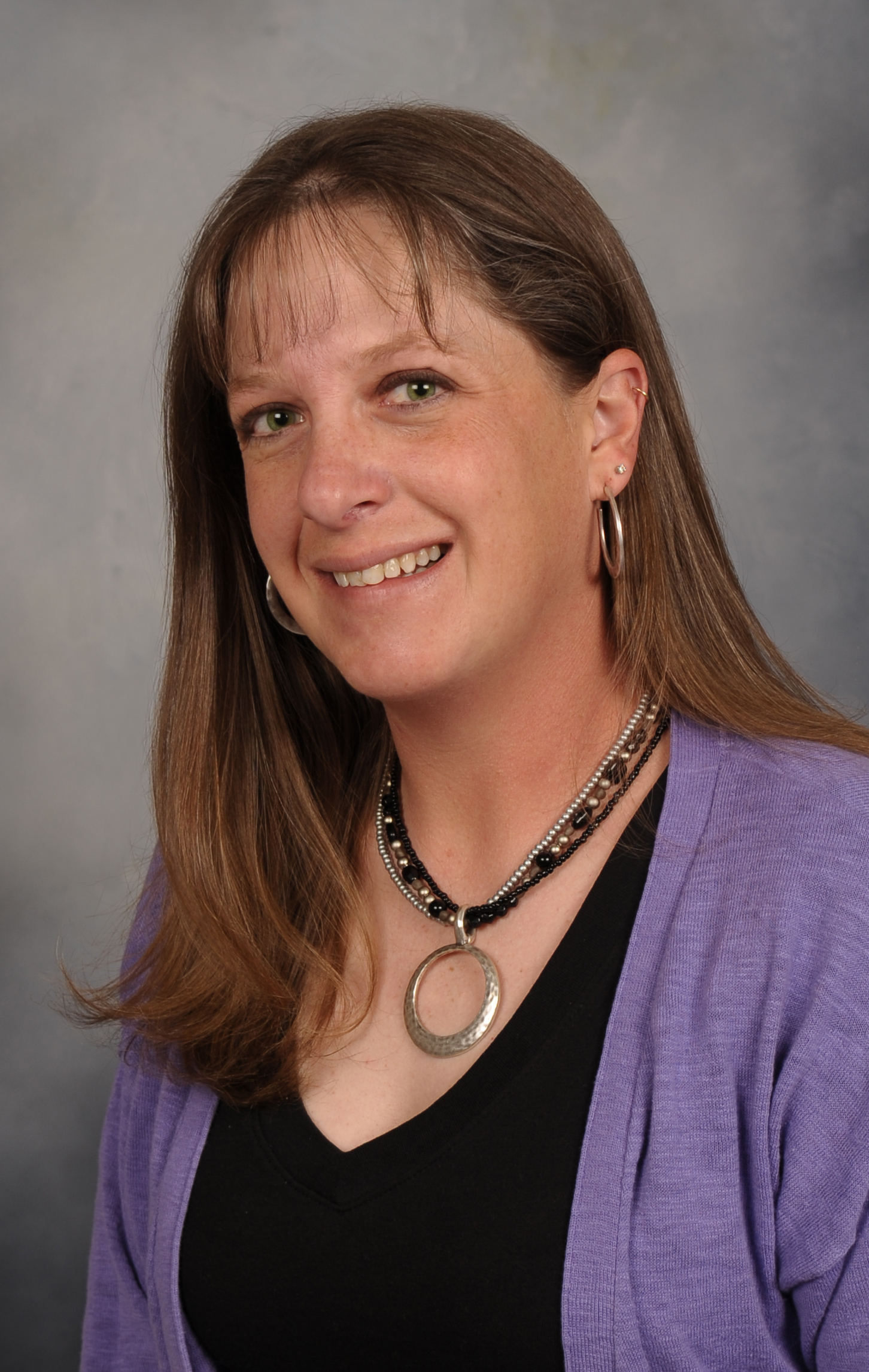Corn and beans harvested early can leave your ground bare for seven to nine months. Instead, let’s plant some crops to grow and cover it until next season.
After silage harvest or combining corn or beans early, ground that lies bare has two things working against it. One is exposure to wind and water erosion. And two, it isn’t growing anything. Cover crops might help you overcome both problems.
But what should you plant? That depends on what you want to achieve with your cover crop. For example, hairy vetch and winter peas are good cover crops if you want to improve your soil by planting a legume that will provide 30 to 40 pounds of nitrogen per acre for next year’s crop. Or maybe use a deep-rooted radish to breakup some hardpans.
Are you still hoping for some feed this fall? Then oats, spring barley, annual ryegrass, and turnips might be better choices. These plants have the greatest forage yield potential in the fall. Oats and barley will die over winter so they won’t interfere with next year’s crop. But, dead residue from oats and barley is not very durable, so it provides less effective soil protection and for a shorter duration.
For better soil protection, winter rye is the best choice among the cereals. And cereal rye can provide abundant grazable growth early next spring to get cows off of hay sooner. Wheat and triticale also can be good cover crops. Of course, wheat then can be harvested later for grain while triticale makes very good late spring forage.
What is becoming especially popular is planting a mixture of several types of plants to reap some of the benefits of each one.
Cover crops can preserve or even improve your soil, and can be useful forages as well. Consider them following your early harvests.
To learn more about growing cover crops, especially for grazing, attend our Rotational Grazing in the Rangeland workshop on August 16th. The tour will begin at Greg Axman’s farm located at 1253 NW 80 Ave Olmitz, KS 67564. RSVP at 620-793-1910 or [email protected] for a meal head count.
Alicia Boor is an Agriculture and Natural Resources agent in the Cottonwood District (which includes Barton and Ellis counties) for K-State Research and Extension. You can contact her by e-mail at [email protected] or calling 620-793-1910
